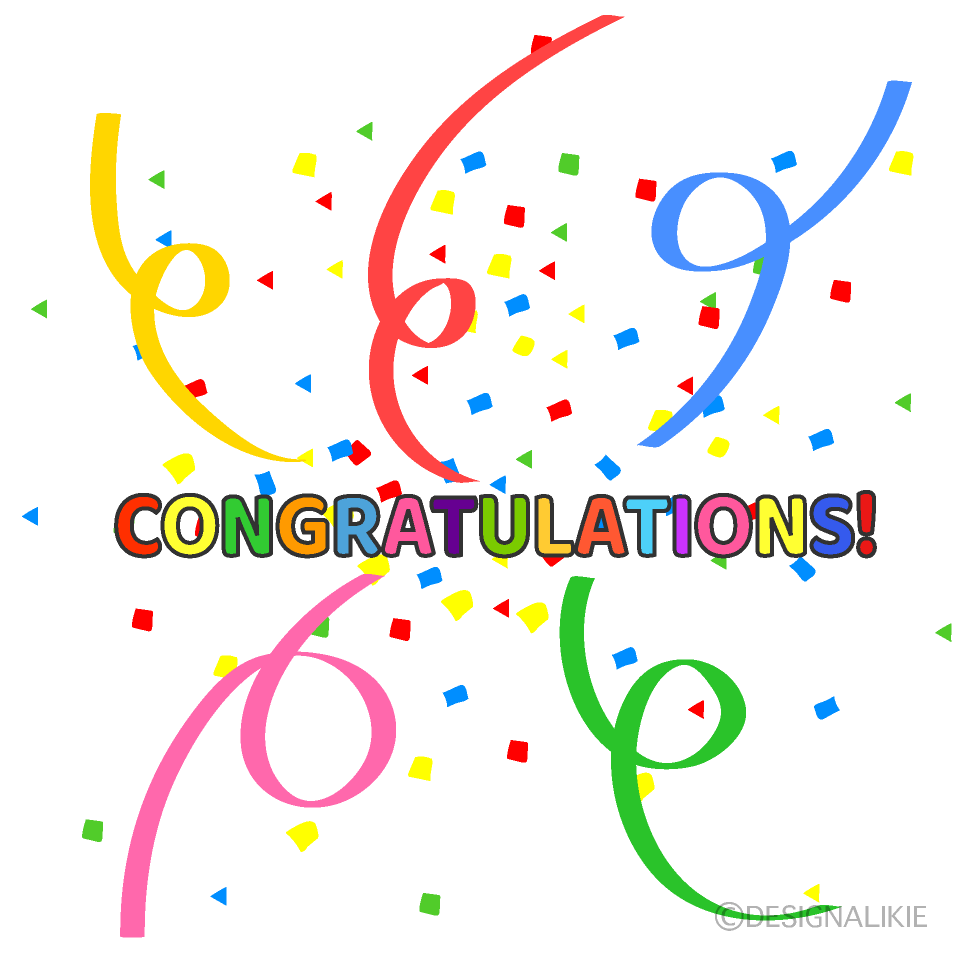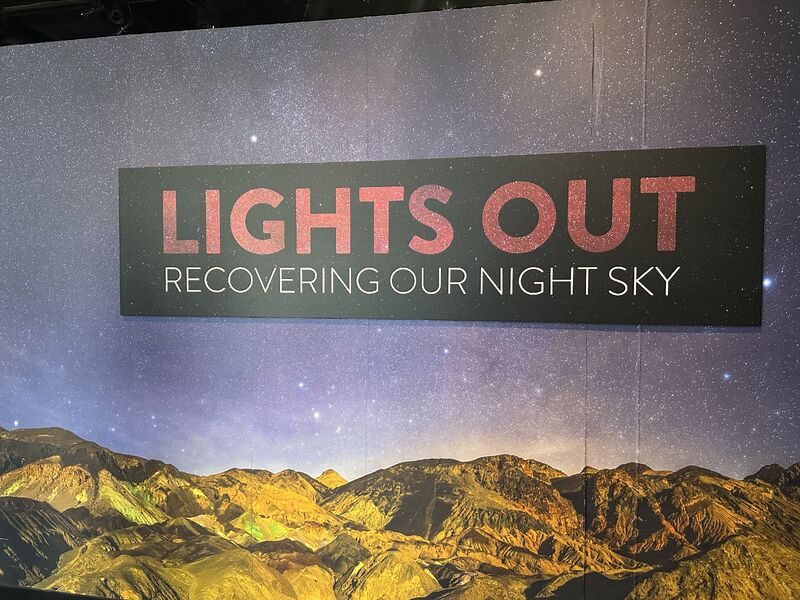By Professor Tiffany Banks On Tuesday, September 30th , students from my COMM 108: Foundations…
Professor Dianne Cherry, Communications
“Our struggle is not the struggle of a day, a week, a month, or a year, it is the struggle of a lifetime. Never, ever be afraid to make some noise and get in good trouble, necessary trouble.”
- John Lewis, the late Civil Rights Icon (June 27, 2018)
During the last two years, more than 1,000,000 Americans have succumbed to COVID – 19 and its complications. With the inception of the coronavirus, our world changed, as did our relationships with it and each other. We recalibrated our interactions, as our understandings of “intimate space” and “social distance” expanded – literally. Our mental health suffered, and much of the economy tanked.
Another victim of the Pandemic was the Social Justice Movement, which had begun to excrete the bile of injustice from open wounds of racial and social inequality across the United States that date back to the start of our democracy. As the pandemic took a solid hold in March 2020, hundreds of thousands of social justice advocates were in the streets and on the media in America shouting the names of those who had fallen to senseless acts of violence, often at the hands of law enforcement. And, then, . . .
Silence.
This MC – Smithsonian Faculty Fellowship project gave students voice to articulate what they “see, think, and, wonder” about the “good trouble” demonstrated by the objects of activists and activism in museums.
To prepare to include my SFF project in two “Foundations of Human Communication” classes during Fall 2022, during the previous summer, I completed the Smithsonian Summer Sessions: Inspiring Civic Engagement, and virtually visited the Anacostia Community Museum the summer.
The design goal of the former was to help visitors explore the challenges and opportunities of civic action while living in a democracy. Because I found these in alignment with my SFF project, I immediately tasked myself with applying.
I was accepted into the cohort!
As a participant with this 2022 program with a new – to – me national network of higher education colleagues, I built pedagogical competence through additional structured Smithsonian Learning Lab opportunities; built inquiry – based skills for social justice topics; workshopped and modeled teaching strategies via live content webinars and interactive discussion boards to implement with my students in MC’s COMM 108 classes; and, practiced curating digital collections from the experience of multiple museums and an Office:
- Cooper Hewitt Smithsonian Design Museum
- National Museum of African American History and Culture
- National Museum of American History
- National Portrait Gallery
- National Postal Museum
- Smithsonian American Art Museum
- Smithsonian Office of Educational Technology
During my visit to the Anacostia Community Museum, I observed many exhibits that focused on this Washington, DC neighborhood. Applying the “See, Think, Wonder” strategy illustrated that housing, education, and other facets of society demand equality and equity. During the pandemic, although the Anacostia was closed to pedestrian traffic, my visit demonstrated that my students’ challenge would be to connect the objects to their own experiences in a remote environment.
My opportunity to reinforce the exposure about museum objects I gained from Smithsonian professionals through the MC – Smithsonian Faculty Fellowship, as well as to apply this critical thinking technique at the Anacostia prepared me well to introduce the content and the method to COMM 108 students





This Post Has 0 Comments